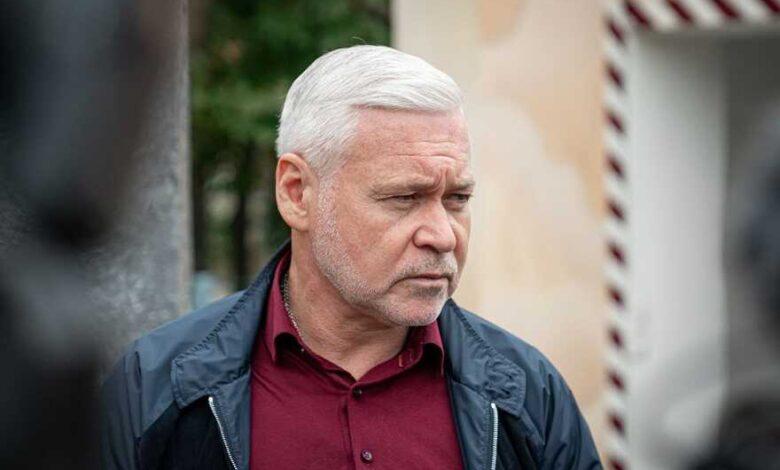Проблема переселенцев – один из самых больших вызовов для Харькова: Игорь Терехов о будущем переселенцев

Kharkiv has been living in the realities of war for more than three years. The city, which has become a symbol of indomitability and resilience, has at the same time become a new home for thousands of people who have left the war zone. Over the years, Kharkiv has received more than 206,000 officially registered internally displaced persons (IDPs). These are people who lost their homes, documents, personal belongings, and who were forced to seek safe shelter. A significant part of them came from Kharkiv, Donetsk, Kherson and Zaporizhzhia regions, where active hostilities continue or territories remain under occupation.
Kharkiv became for them a new chance, a new hope, but at the same time a new challenge. The living conditions of displaced persons are often far from ideal: many of them are forced to live in temporary dormitories, in old buildings that are not suitable for long-term living.
Challenges for Kharkiv
Mayor of Kharkiv Ihor Terekhov in an interview statedthat the problem of immigrants is one of the biggest challenges for the city.
«We understand that these people will stay with us. They have become a part of Kharkiv, and our task is to do everything possible to make them feel like real Kharkiv residents,» said the mayor.
Today, the city offers immigrants the opportunity to live in dormitories. However, this solution is temporary. We are well aware that after the end of the war, students will return to the city, and they too will need housing. Therefore, this issue should be resolved quickly.» — Terekhov shouted.
According to him, the key task will be the construction of new housing, which will be not only functional, but also socially integrated.
«We want these people not to feel isolated. They need to become a full-fledged part of the Kharkiv community.» — explained the mayor.
Scale of reconstruction and challenges
According to estimates of the city authorities, about 10 billion euros are needed for the reconstruction of Kharkiv. These funds should be used not only for the construction of new housing, but also for the restoration of the infrastructure destroyed by the war. Terekhov admits that the city will not be able to cope with this task on its own, and therefore is actively looking for international partners and investors.
«After the war, there will be a great impetus for development. We must use this chance to reboot the city. Build it in a new way, taking into account modern needs and possibilities. We need more than eight thousand new houses, and this task requires decisive action and support from the outside.» Terekhov thinks.
One of the important partners in the reconstruction process will be Germany.
«We already have a program with Germany on the construction of municipal housing. They have a lot of experience in post-war reconstruction, because they went through it after the Second World War. We want to adopt their experience and apply it in Kharkiv.» — emphasized the mayor.
Socialization and integration of IDPs
It is important not only to provide displaced people with a roof over their heads, but also to promote their social integration.
«We must make sure that these people do not feel separated from the city. They need work, education, access to social services. They must become part of the Kharkiv community. We are already working to ensure that new residential areas have schools, kindergartens, and medical institutions. We must create an environment for them in which they will feel at home.» Terekhov noted.
The mayor is convinced that the reconstruction of the city will become a symbol of revival and new opportunities.
«The war brought a lot of grief, but it also gave us a chance for renewal. We must use this opportunity to build a city that will meet the needs of future generations. This is our debt to those who died for Kharkiv, for Ukraine, for our freedom.» he emphasized.
The reconstruction of Kharkiv will become a symbol not only of stability, but also of the ability to revive. This will prove that even after the most difficult tests, the city is able to recover and become even stronger. The main thing is not to stop and not to lose faith in your own strength and in the possibility of building a better future.





